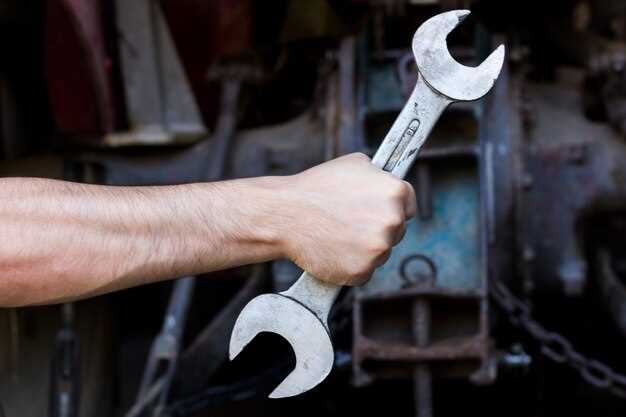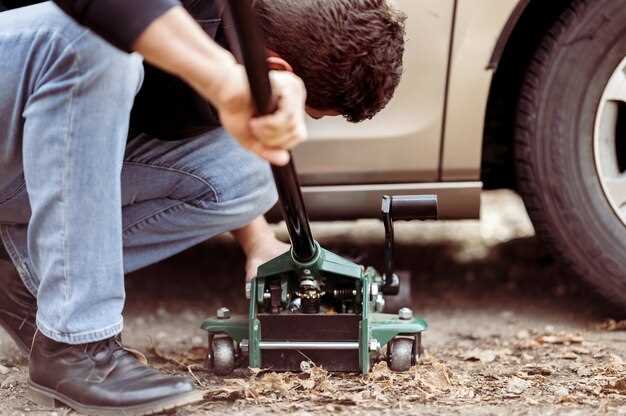
Installing a winch on your truck can significantly enhance its off-road capabilities and provide essential recovery options in challenging situations. Whether you’re an avid off-roader, a professional in need of reliable equipment, or simply looking to improve your vehicle’s utility, a winch is a valuable addition that can save you time and effort in emergencies.
This comprehensive guide will take you through the process of selecting, mounting, and wiring a winch on your truck. We will discuss various types of winches, essential safety precautions, and tools needed for the installation. By following each step closely, you’ll be well-equipped to complete the installation effectively and safely.
Before diving into the installation process, it’s important to understand the function and specifications of different winches. Selecting the right winch for your truck involves considering factors such as pulling capacity, line material, and motor type. Each element plays a critical role in ensuring that your winch performs to its full potential when you need it most.
By the end of this guide, you’ll not only have successfully installed a winch on your truck, but also gain the confidence to tackle off-road challenges with ease. Let’s get started on transforming your truck into a versatile and reliable vehicle equipped for any adventure.
Choosing the Right Winch for Your Truck Model

Selecting a winch that is compatible with your truck model is crucial for ensuring optimal performance and safety during recovery operations. To start, you need to consider the weight of your truck, including any additional cargo or modifications that may increase its overall weight. A common guideline is to choose a winch with a pulling capacity of at least 1.5 times the gross vehicle weight rating (GVWR) of your truck.
Next, assess the mounting options available for your specific truck model. Different trucks have varied frame designs and mounting points, so ensure that the winch you choose comes with an appropriate mount kit or is compatible with aftermarket mounting solutions. This ensures a secure installation and enhances the winch’s effectiveness.
Another important factor is the type of winch you prefer, which primarily comes down to your intended use. Electric winches are popular for general recovery and are easy to use, while hydraulic winches may offer better performance for heavy-duty applications but require additional modifications to your truck’s power system.
Consider the winch’s line type as well. Synthetic rope is lightweight and safer to handle, while steel cable is traditional and durable but can be heavier and may pose a risk of recoil if it breaks. Assess which option aligns better with your recovery needs and preferences.
Finally, pay attention to the brand and warranty offered. Opting for reputable brands with good customer reviews can enhance reliability and ensure you receive the necessary support in case any issues arise. A warranty can also protect your investment in the event of a malfunction or defect.
Tools and Materials Needed for Winch Installation

To successfully install a winch on your truck, you will require a specific set of tools and materials to ensure a secure and effective setup. Below is a comprehensive list of what you will need.
Tools:
- Wrench Set: A complete set of combination wrenches will help tighten and loosen various nuts and bolts.
- Socket Set: A socket set, including deep sockets, is essential for working with different sizes of fasteners efficiently.
- Torque Wrench: This tool is crucial for applying the correct amount of torque to bolts, ensuring the winch is mounted securely.
- Drill and Drill Bits: A power drill is necessary for creating mounting holes, especially if your truck requires specific adjustments.
- Cutting Tool: A reciprocating saw or angle grinder may be needed if modifications are necessary for the mounting surface.
- Multimeter: This electrical tool is important for testing the winch’s wiring and ensuring proper connectivity.
- Slip Joint Pliers: Useful for gripping and twisting wiring connections during installation.
- Level: A level will help ensure that the winch is mounted correctly and evenly.
- Safety Gear: Always wear safety goggles and gloves to protect yourself during the installation process.
Materials:
- Winch: Choose a winch suitable for your truck’s weight capacity and intended use.
- Mounting Plate: A robust mounting plate is essential for securely attaching the winch to the truck’s frame.
- Bolts and Nuts: Heavy-duty bolts and corresponding nuts are needed to fasten the winch and mounting plate to your vehicle.
- Electrical Wiring Kit: This kit typically includes all necessary connectors, fuses, and wire needed to connect the winch to the truck’s battery.
- Synthetic Rope or Steel Cable: Depending on your winch type, you will need either synthetic rope or steel cable for pulling tasks.
- Fairlead: A fairlead is required to guide the winch line and reduce wear and tear on the rope or cable.
- Remote Control: A wireless remote control adds convenience in operating the winch from a distance.
Gathering these tools and materials ahead of time will streamline your winch installation process, making it safer and more efficient.
Step-by-Step Installation Process for Optimal Performance
Begin the installation by selecting a suitable location on your truck for the winch. Ideally, this should be at the front of the vehicle, mounted on a strong, stable surface such as a winch plate or bull bar. Ensure that there is enough space to accommodate the winch and its accompanying parts.
Next, gather all necessary tools and equipment. Common tools required include wrenches, sockets, a drill, and a measuring tape. Ensure that you have the winch, mounting plate, and corresponding hardware like bolts and washers ready for installation.
Prepare the mounting area by cleaning it thoroughly. Remove any dirt, rust, or debris to ensure a secure fit. If your truck has a factory bumper, you may need to modify it to accommodate the winch or install an aftermarket bumper designed for winch mounting.
Position the winch on the mounting plate and secure it using the provided bolts. Tighten them to the manufacturer’s specifications to ensure stability, allowing for optimal performance during use. Verify that the winch is level and aligned correctly before proceeding.
Connect the winch’s electrical wiring next. Begin by routing the positive and negative cables from the winch to the battery, ensuring that they do not interfere with any moving parts or hot surfaces. Use cables that are the appropriate gauge for the winch’s specifications to guarantee efficient power delivery.
Secure all electrical connections with heat-shrink tubing or electrical tape to prevent exposure to moisture and corrosion. Double-check that all connections are tight and properly insulated.
After installing the winch, attach the fairlead, which guides the winch cable and prevents it from fraying. Position it securely at the front of the winch, ensuring it aligns with the path of the cable. Tighten the bolts and double-check for any looseness.
Once the mechanical installation is complete, conduct a final inspection of all components. Look for tight connections, secure mountings, and proper cable routing. Ensure there are no sharp edges or obstructions that could cause damage during operation.
Test the winch by powering it on and verifying that it operates smoothly in both directions. Use a load test to ensure it can pull weight without issues. If any problems arise, troubleshoot by checking wiring and connections.
Finally, review the manufacturer’s operating instructions and safety guidelines. Proper usage will enhance the lifespan and performance of your winch while ensuring safety during operation. With everything installed correctly, your truck is now equipped and ready for any adventure.




